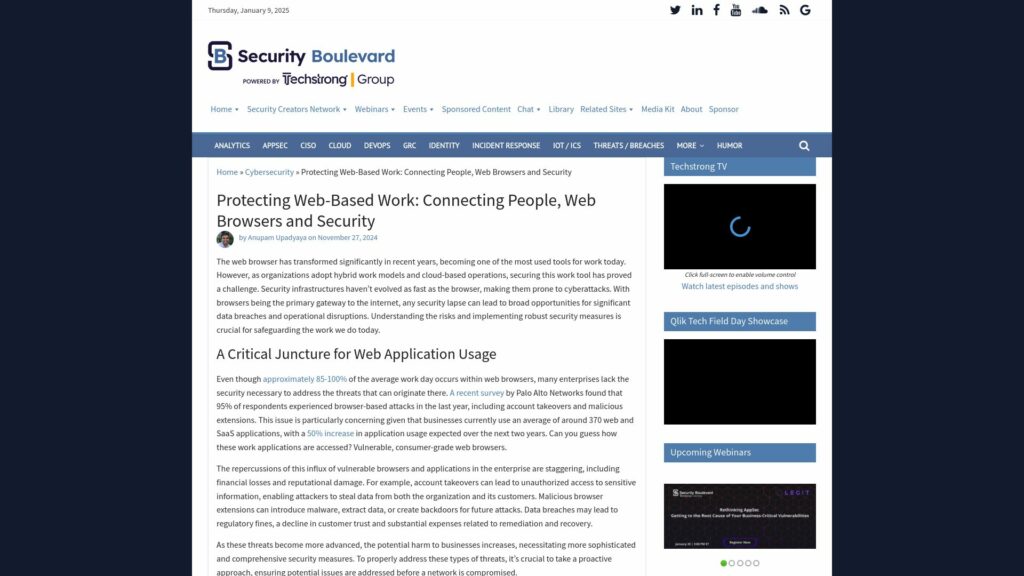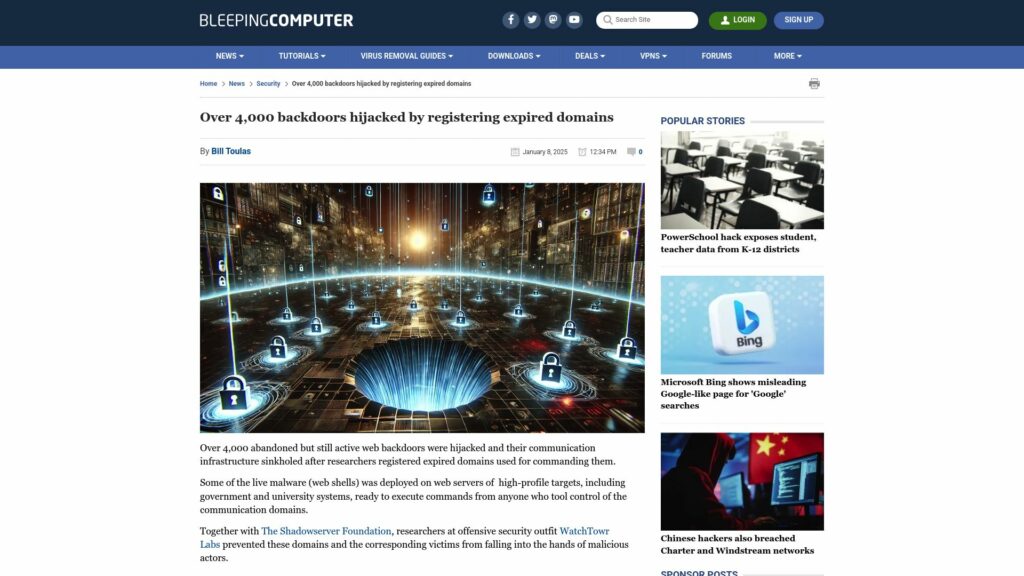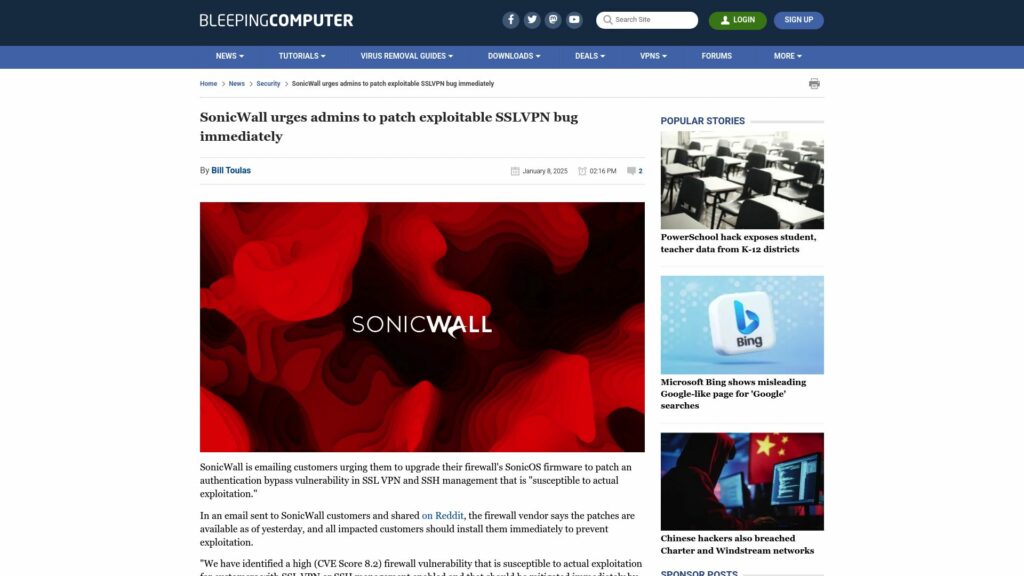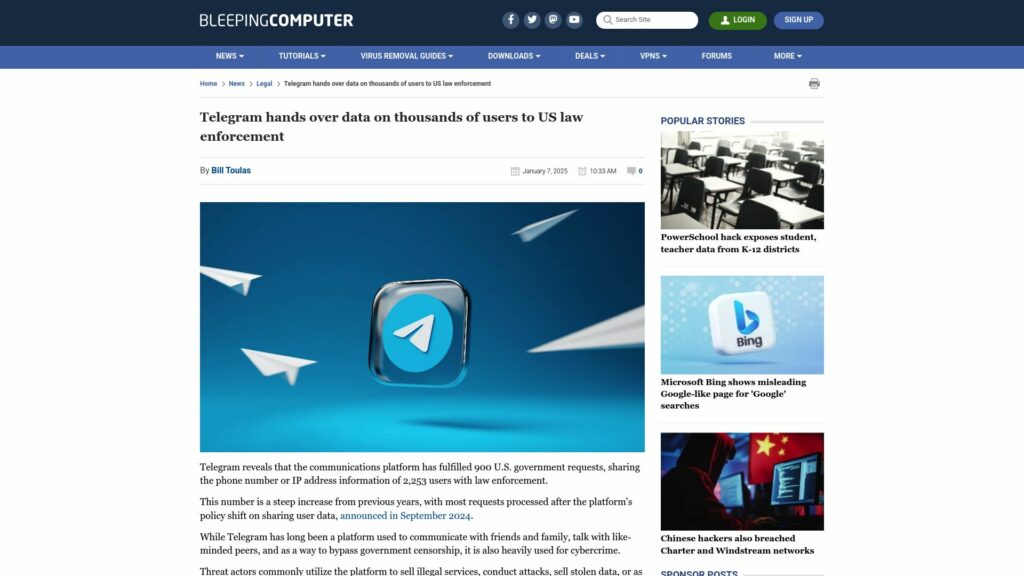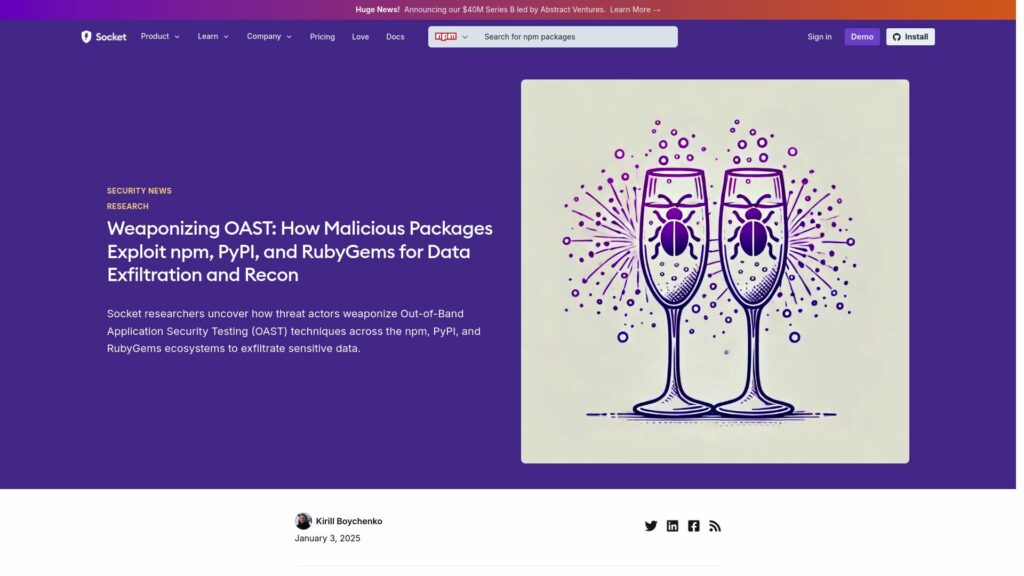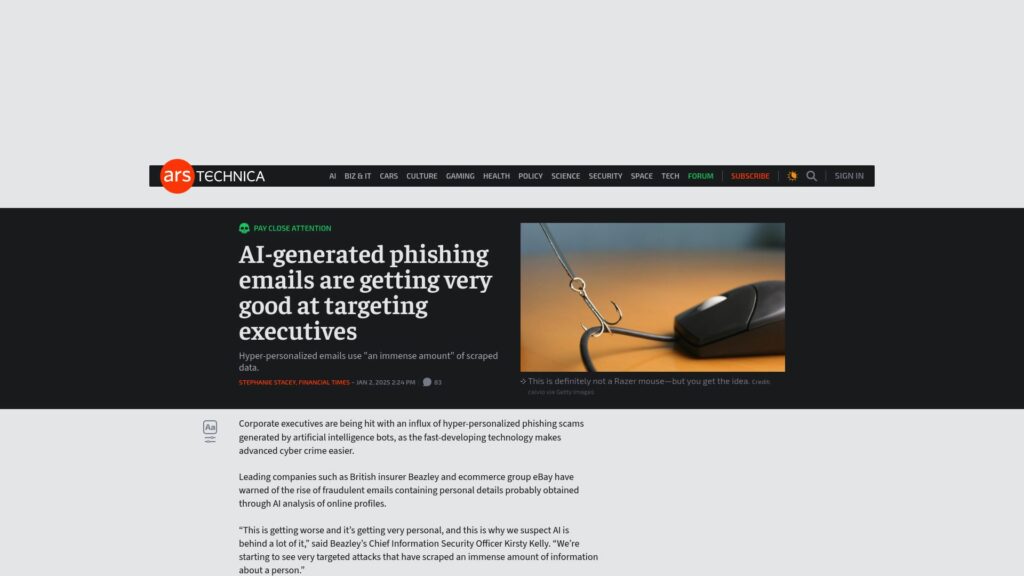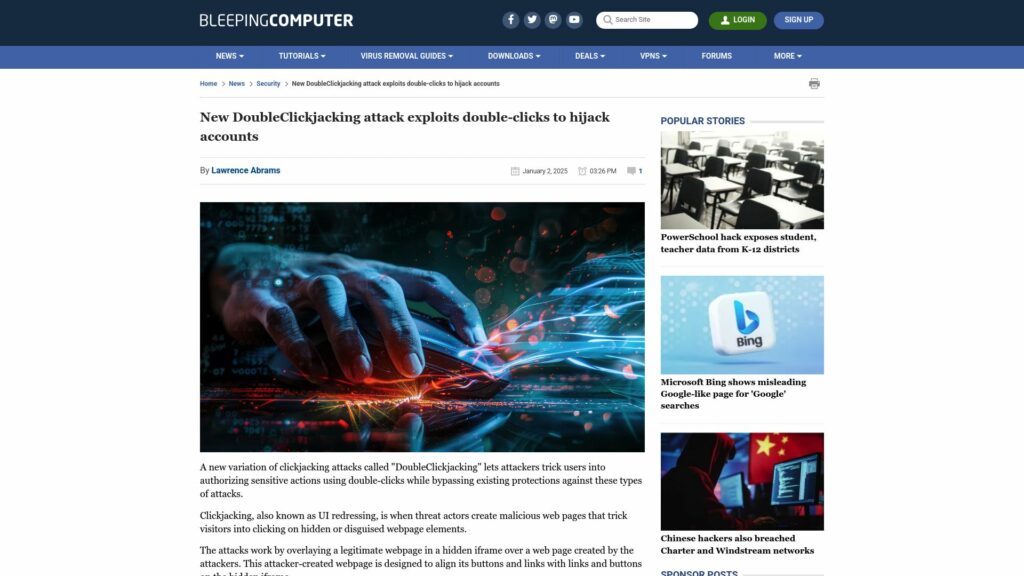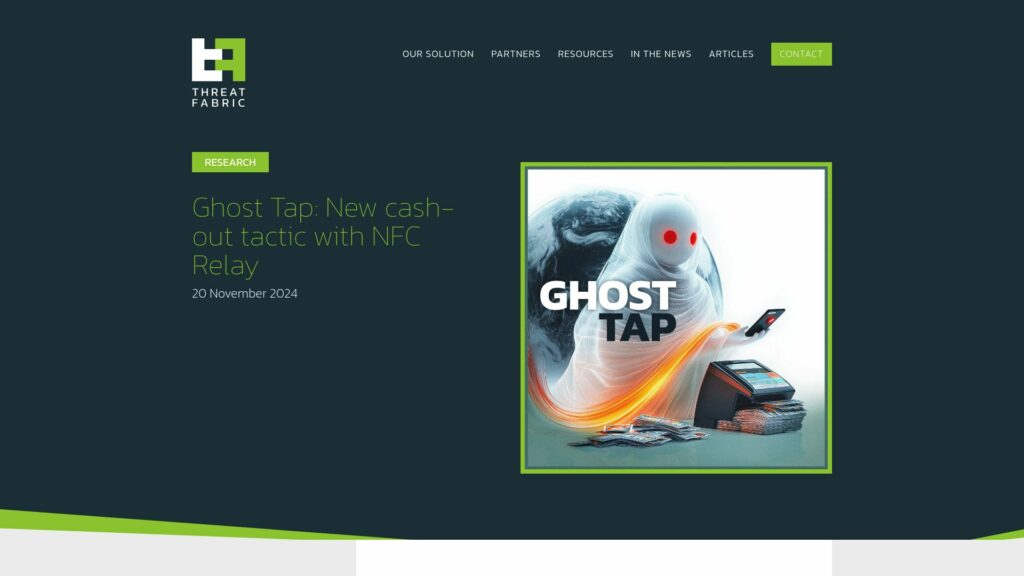Protecting Web-based Work: Connecting People, Web Browsers and Security
Web browsers are essential for modern work but pose security risks as organizations shift to hybrid models. Security measures lag behind, leading to breaches and financial losses. A high percentage of workplaces face browser-based attacks, highlighting the need for advanced security like SASE frameworks and enterprise browsers that mitigate risks from personal devices. Proactive measures, including zero-trust architecture and ongoing employee training, are crucial for safeguarding sensitive data and fostering a resilient cybersecurity posture.
Protecting Web-Based Work: Connecting People, Web Browsers and Security
